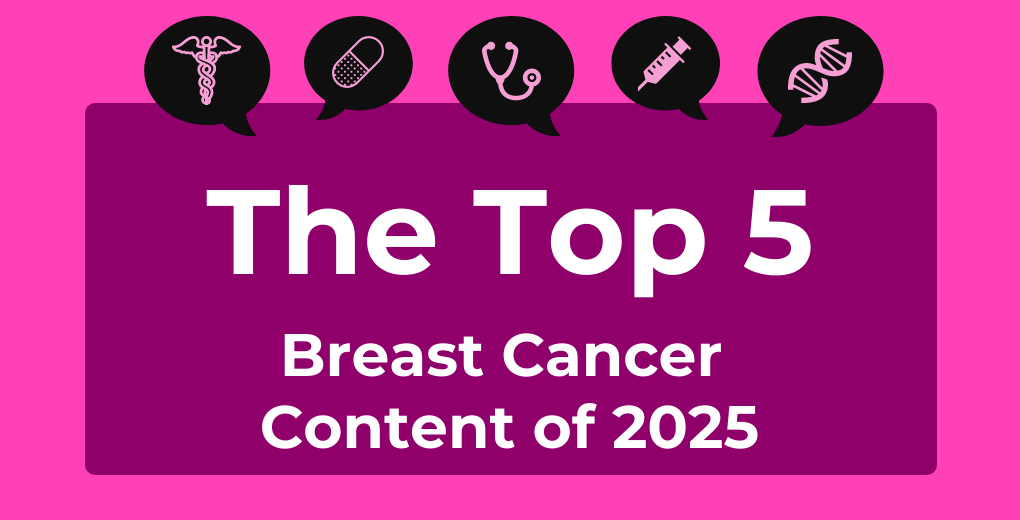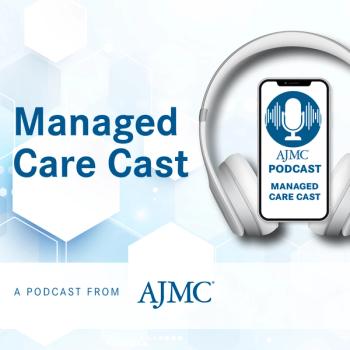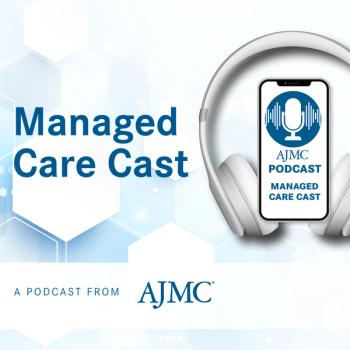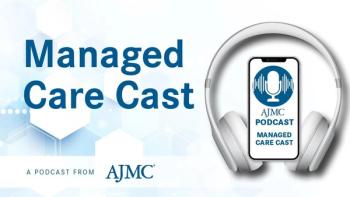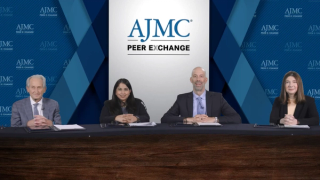
Clinical
Latest News
Video Series

Latest Videos
Shorts










Podcasts
CME Content
More News

AHA 2025 highlights included new guidelines and targeted approaches advancing heart failure and cardiovascular care.

Top articles in 2025 covered advancements in acute myeloid leukemia treatments, including allogeneic CAR T-cell therapy.

Blinatumomab enhances survival in pediatric B-cell ALL, yet homecare challenges hinder its outpatient delivery.

Pediatric atopic dermatitis advances, ruxolitinib safety, IgE insights, and more at the Society for Pediatric Dermatology (SPD) 2025 meeting.

Eric H. Yang, MD, warns that lifetime cardiovascular risk for patients with breast cancer may exceed the general population as life expectancies grow, emphasizing the need for early intervention.

A large review identifies 70 safety signals for bimekizumab, confirming known risks while revealing previously unreported adverse events.

Debra Patt, MD, PhD, MBA, MPH, spoke at SABCS about the importance of patient-investigator collaboration to enhance the clinical trial process.

Five key oncology FDA approvals came through last month, expanding treatment options across multiple cancer types.

Panelists discuss how long-term LDL-C exposure heightens cardiovascular risk, making early and sustained lowering crucial.

Andrew Zelenetz, MD, PhD, discusses the dual strategy of using the duration of benefit metric and re-biopsy to navigate complex sequencing decisions in targeted lymphoma therapy.
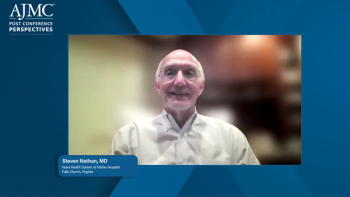
Nerandomilast's tolerability and dual antifibrotic/immunomodulatory mechanism directly address the critical non-adherence issue with current therapies, positioning it as a potential first-line treatment for IPF and PPF despite remaining questions about very long-term efficacy and the need for biomarkers.

Nerandomilast, a novel anti-fibrotic agent with improved tolerability and a dual antifibrotic/immunomodulatory mechanism, showed sustained efficacy in the FIBRONEER trials for IPF and PPF, achieving FDA approval for IPF in October 2025.

Panelists discuss how improving adherence to LDL-lowering therapies is essential for sustained cardiovascular protection.

The NCCN guidance transitioned from a specific focus on rituximab to a broad, future-proof policy covering all FDA-approved biosimilars, which simplifies treatment decisions and promotes patient access.

The oral medication could be used in gonorrhea that is resistant to antibiotics according to a new phase 3 clinical trial.

Genetic risk models and variant tools help to guide intensive interventions for high-risk carriers and personalized management for others.

A low-energy total diet replacement program before colorectal cancer surgery helped patients lose weight safely, improved certain symptoms, and showed cost-effectiveness.

New findings from 2 abstracts presented at SABCS reveal T-DXd regimens enhance outcomes and tolerability for patients with high-risk HER2-positive early breast cancer.

More than one-quarter of US adults have a risk factor for severe RSV infection, but their eligibility for the RSV vaccine depends on their age.

Early fertility counseling is necessary for young patients before treatment limits options, said Yara Abdou, MD, of the University of North Carolina at Chapel Hill.

Most Medicare beneficiaries perceived low health care burdens, but 1 in 4 Medicare Advantage enrollees with at least 6 chronic conditions experienced high administrative and financial burdens.
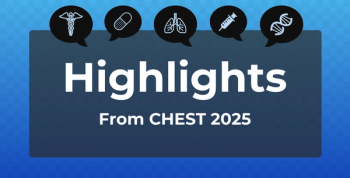
Top content from this year's CHEST meeting in Chicago focused on bronchiectasis treatment, particularly the newly FDA-approved brensocatib (Brinspuri; Insmed).

Treatment-induced menopause can occur with severe symptoms, making personalized management and careful therapy selection essential.

Experts at SABCS 2025 said alcohol consumption raises breast cancer risk, emphasizing the need for public education and clinical intervention.

Four years of long-term data confirm the continued safety of the drug tildrakizumab in patients with psoriatic arthritis.




